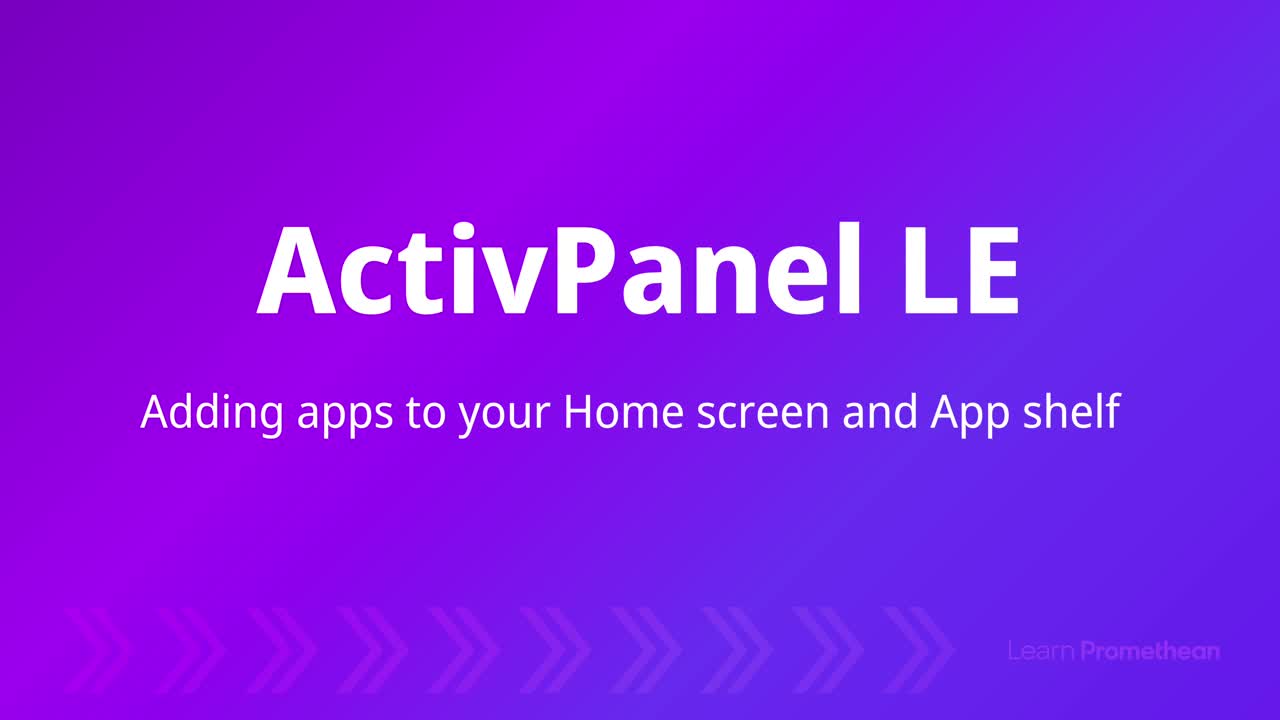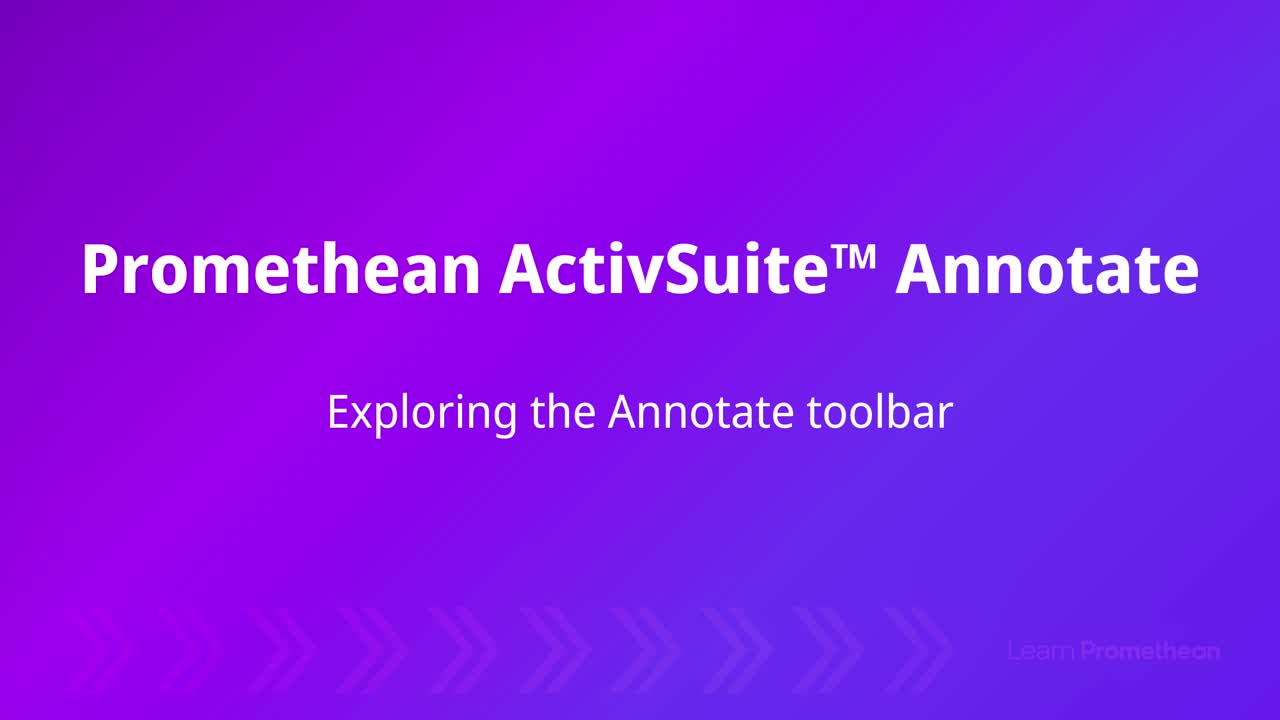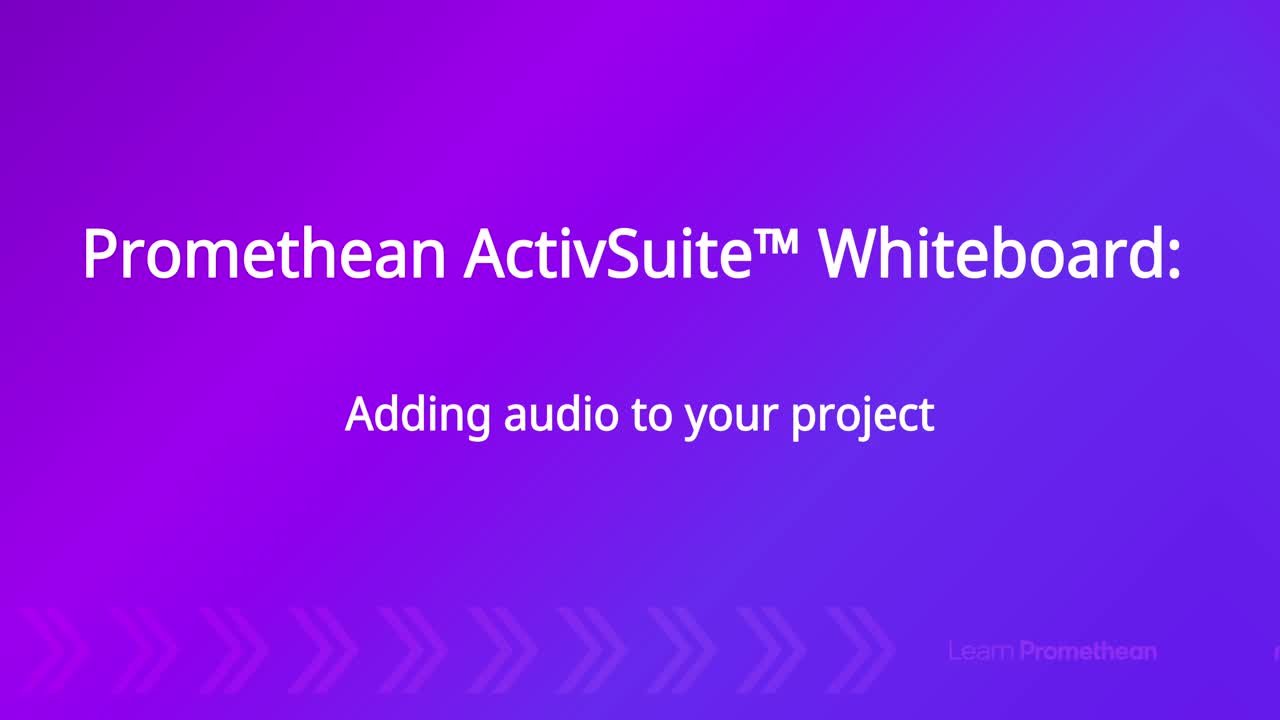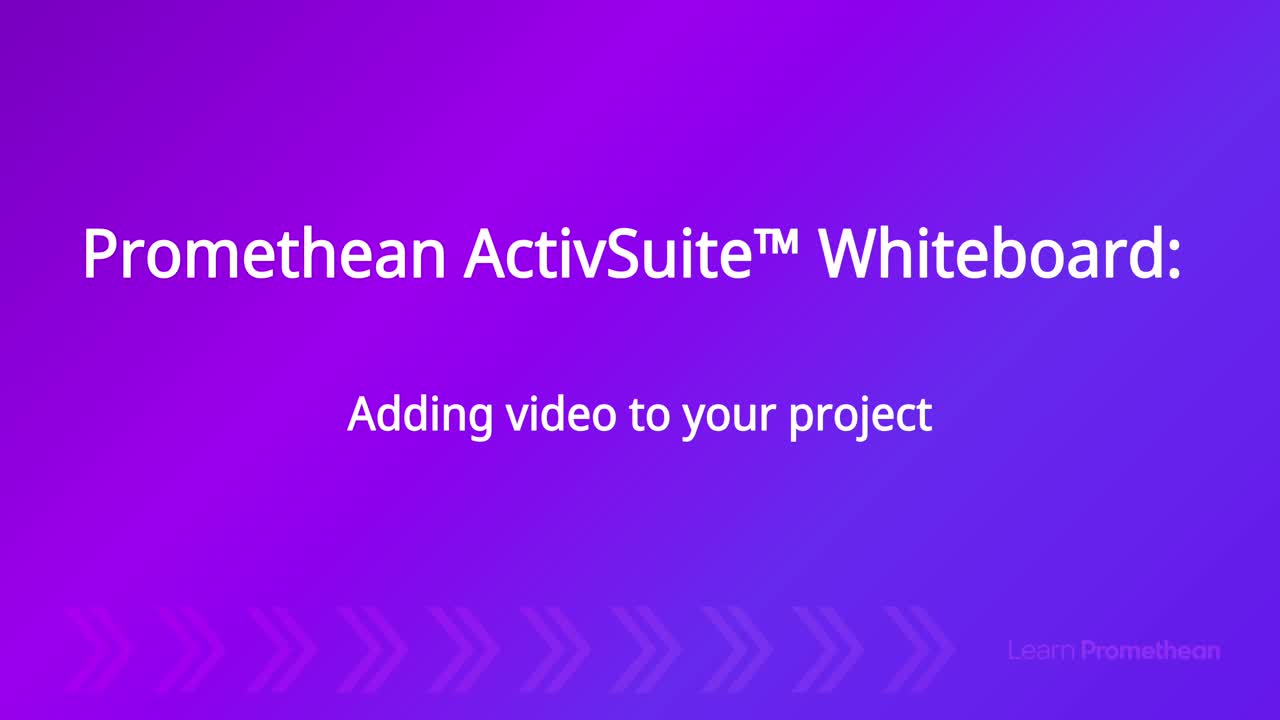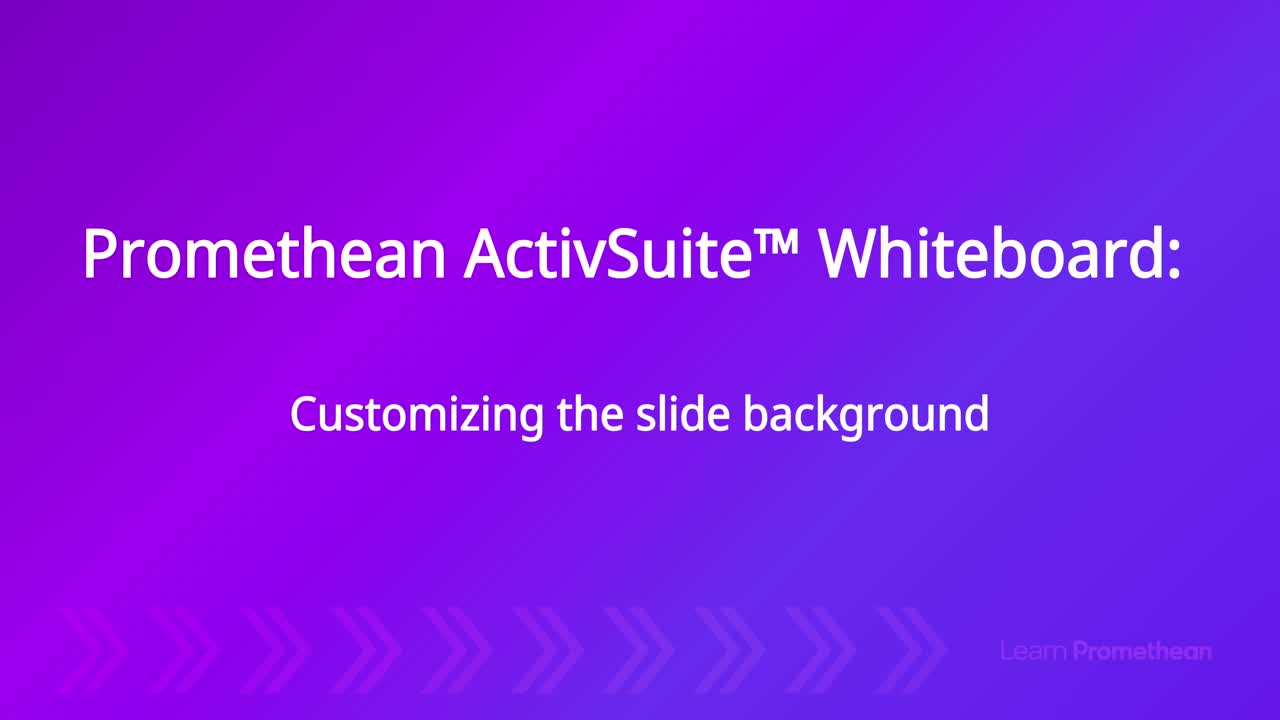Activate the classroom with these 10 tips for adding movement

Research suggests that when students move in the classroom, they are more likely to retain the lesson and understand complicated subjects. In fact, evidence supports that physical activity helps fire neurons in the brain, meaning intentional activity in your lesson plans can lower the need to keep students on task and reduce disruptions.
Incorporating movement can feel daunting when you’re faced with smaller classrooms, more students, and limited resources. But it doesn’t have to be standard exercises like jogging in place or stretching. Activity can be designed to work with your lesson while also balancing discipline.
With that in mind, we’ve pulled together a few ideas to incorporate movement and jumpstart your students’ cognitive functions.
- Daily check-ins: Start your classroom with movement. Instead of standard attendance, use an Explain Everything attendance check-in whiteboard with questions for students to answer as they come into the classroom. Assign each student a number that sticks with them for the year. Then, every day you can update the question as the way to take attendance. You can even mix it up by including a question about the previous day’s lesson, using Magic Ink to reveal the answer once everyone has checked in.
- Silent Says: Students don’t have to be standing to incorporate movement. One way to keep students engaged is to consistently play a game of “Silent Says.” If you notice students may not be paying attention, do a silly movement. Pat your head, touch your nose, or even stomp your foot. If your students catch on and follow the movement, then they get points added to their reward bank. When enough points are accumulated, they can spin for a prize on the Spinner app.
- Snowball: Help your students retain information, engage in discussion, or prep for a test by writing questions down on a piece of paper. Crumple the papers up to make “snowballs.” During your lesson, toss a snowball to a student to catch, read the question out loud, and respond. If they get it right, the student tosses it back to you. If it’s wrong, they toss the snowball to another student. Keep going until all questions have been answered!
- Small group activities: Movement can be incorporated in familiar ways — have two or three students come up to your ActivPanel to brainstorm together, solve equations, write a story, or draw a picture using the “Draw anything but…” Explain Everything template. You can keep it engaging by having the next students continue the story, start a new drawing, or add to the brainstorm.
- Scavenger hunt: Set up a scavenger hunt to get students excited about learning. Leave clues on your ActivPanel (the Revealer tool is great for this) and have students find the answer. This can be as easy as finding animals or shapes or as difficult as finding the book that contains the quote or finding the item in the classroom that has the Periodic Table element on the board.
- Spin up fun dances: Pull up a YouTube playlist of a favorite brain break creator, like Danny Go! Or GoNoodle. Use the Spinner to pick a random number from 1-10 (or more!) and scroll down to the video in the playlist. If the creator has multiple playlists, spin first for the playlist number, then spin again to choose the video.
- Everyone, to your stations: Use your ActivPanel to set up stations around the classroom. Each station has a different activity. For example, a science class set up could include a station with flashcards to quiz each other on elements, a reading station read from the textbook or another source to expand their knowledge, an observation station that allows them to see and feel different minerals or play a magnet game, and finally an art or experiment station to give hands-on experience. Use a Spinner to randomly select groups, then use a Timer to keep students moving.
- Four Corners: In this activity, designate each corner of the room as 1, 2, 3, or 4. Ask a question for your students to give their opinion and correlate the answers to each corner. For instance, the question could be a fun twist like “Jane Austen would love social media” with the corners being Agree, Somewhat Agree, Somewhat Disagree, and Disagree. Students then discuss why they picked their answer as a group and present it to the class. This is also great as a quick comprehension check-in. Ask a multiple-choice question related to your lesson and have students go to the corner that they think has the right answer. This gets students moving and helps you check in to see where they’re at in the learning objective.
- Matching cards: This one takes a little more prep work but can be a great way to help students problem-solve and collaborate. Make a set of cards with a question and another set of cards with the solution. These should all match up as pairs with no duplicates. Mix up the cards and hand them out. Students then have to find the match for their card. Subject ideas include equations on one set with the solution on the other. For English and Second Language classes, you could test vocabulary with words and their definitions or translations. Science can include the diagram of the cell with a part circled that needs to find its matching name.
- Show me: In this activity, students demonstrate the topic by using their body. For example, students can show you the letter D or number 5. You can play word associations like acting out what they think of with the color blue (are they sad? An ocean? The sky?). Students can even use their bodies to show you the different forms of matter: how would gas, liquid, or solids move?
No matter what activity you choose, getting your students moving is going to help them achieve more. If you need even more ideas, check out our resource library full of templates, courses, and videos to help you jumpstart your next lesson.
